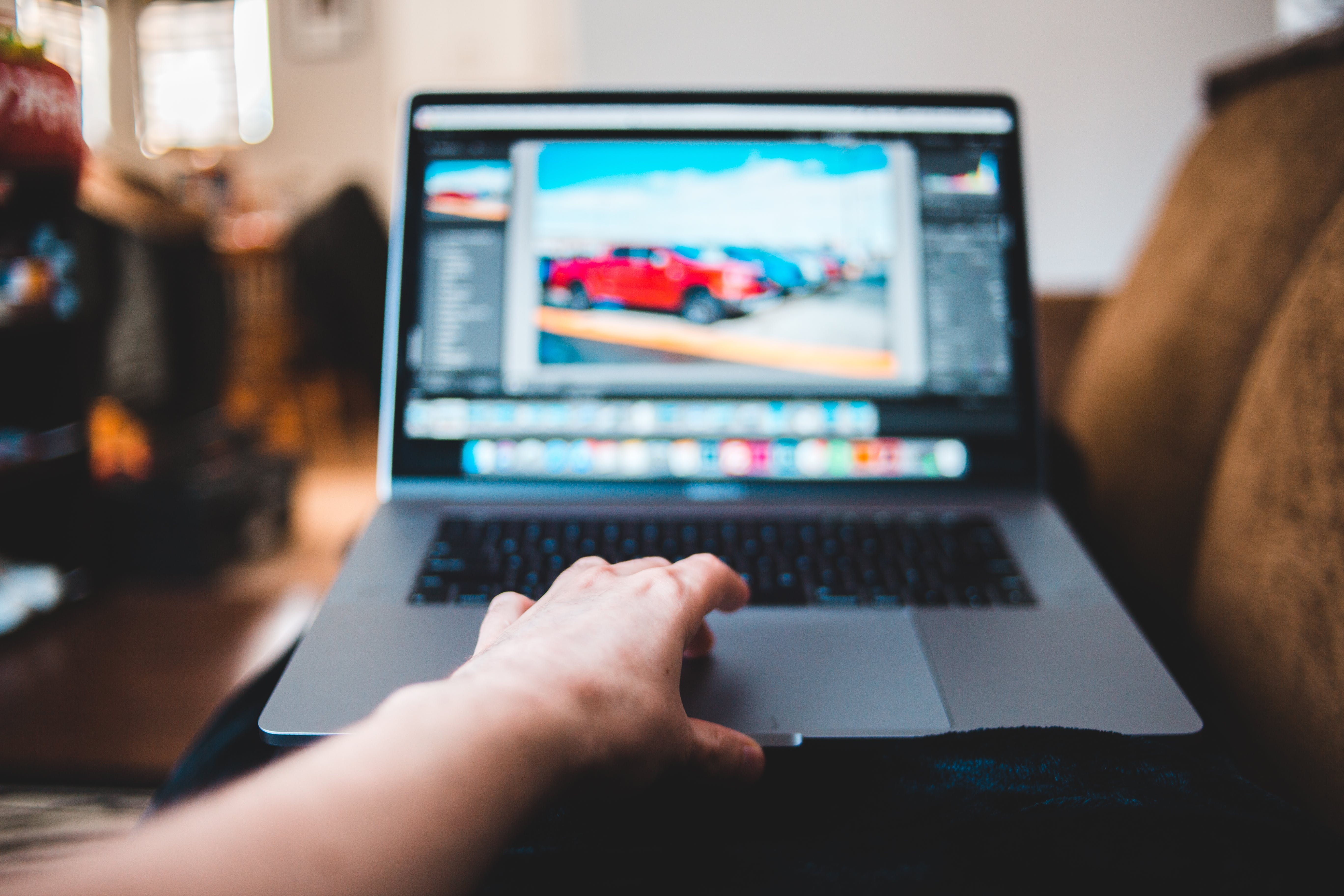Table of Contents
In the ever-evolving digital landscape, social media platforms have become indispensable tools for artists looking to showcase their work, connect with audiences, and collaborate with fellow creators. As we step into 2024, the abundance of platforms can be overwhelming, making it crucial for artists to choose those that offer the best opportunities for growth and visibility. This blog post highlights the six best social media platforms for artists in 2024, delving into the unique advantages and potential drawbacks of each to help you make informed decisions in your digital marketing and networking efforts.

1. Instagram
Instagram remains a powerhouse for visual artists, thanks to its visually centered layout and vast user base. It's an ideal platform for showcasing artwork, behind-the-scenes processes, and building a visually appealing portfolio.
Pros:
- High Engagement: Visual content thrives on Instagram, making it perfect for artists to engage with their audience.
- Stories and Reels: These features allow for creative storytelling and can boost visibility through engaging content.
- Hashtags and Explore Page: Artists can increase their discoverability and reach new audiences.
Cons:
- Algorithm Changes: Frequent changes can affect visibility and engagement rates.
- High Competition: Standing out can be challenging due to the saturation of artists and creators.
2. TikTok
TikTok has emerged as a dynamic platform for artists to share their creativity through short videos, offering a unique way to engage with a younger audience and showcase the personality behind the art.
Pros:
- Viral Potential: High engagement rates and the chance for content to go viral.
- Creative Freedom: Allows for innovative and fun ways to present art and processes.
- Community Building: Features like duets and challenges facilitate collaboration and community engagement.
Cons:
- Content Lifespan: Videos may quickly lose visibility due to the fast-paced nature of the platform.
- Demographic Limitation: Primarily appeals to a younger audience, which might not suit all artists.
3. Pinterest
Pinterest serves as a visual search engine, ideal for artists looking to drive traffic to their websites or online stores. It's a platform where inspirational and aspirational content thrives, making it perfect for artists to showcase their work to an audience actively seeking creative ideas.
Pros:
- Long-Term Traffic: Pins have a longer lifespan compared to content on other social media platforms.
- High Purchase Intent: Users often come to Pinterest with the intent to purchase, benefiting artists selling their work.
- SEO Benefits: Pins can be optimized for search, helping artists reach audiences looking for specific art styles or projects.
Cons:
- Slow Growth: Building a following can take time compared to more interactive platforms.
- Requires Consistency: Regular pinning is necessary to maintain visibility and engagement.
4. YouTube
YouTube offers a platform for artists to share in-depth content, from tutorials and process videos to studio vlogs, allowing for a deeper connection with the audience and showcasing the artist's personality and work ethic.
Pros:
- Monetization Opportunities: Artists can earn revenue through ads, sponsorships, and channel memberships.
- SEO Advantage: Being owned by Google, YouTube videos rank well in search results, increasing visibility.
- Community Engagement: Comments, likes, and subscriptions foster a sense of community and loyalty among viewers.
Cons:
- Time-Intensive Content Creation: Producing high-quality videos requires significant time and resources.
- Slow Growth: Building a subscriber base can be slow and requires consistent content output.
5. Twitter
Twitter allows artists to share updates, engage in conversations with their audience, and participate in broader artistic and cultural discussions. It's a platform for real-time engagement and networking with peers and fans alike.
Pros:
- Networking Opportunities: Easy to connect with other artists, galleries, and potential clients.
- Real-Time Engagement: Immediate interaction with followers through tweets, retweets, and replies.
- Hashtag Use: Effective for joining conversations and increasing visibility in specific niches.
Cons:
- Limited Visual Focus: Being text-centric, it may not be the best platform for showcasing visual art.
- Fast-Paced Environment: Tweets have a short lifespan, requiring frequent posting to stay visible.
6. ArtStation
ArtStation is tailored specifically for digital artists, illustrators, and concept artists, offering a professional environment to showcase portfolios, discover job opportunities, and connect with other professionals in the industry.
Pros:
- Industry Focus: Targeted towards professionals and enthusiasts in the digital art, gaming, and entertainment industries.
- High-Quality Display: Portfolios are displayed in high resolution, emphasizing the quality of the work.
- Career Opportunities: Job listings and the ability to be discovered by potential employers or clients.
Cons:
- Niche Audience: Primarily caters to digital and concept artists, which may not suit all art forms.
- Competitive: High standards and professional focus mean artists need to maintain top-quality work to stand out.

The Importance of Having a Website for Artists
While social media platforms are invaluable for promoting your art and connecting with an audience, having a dedicated website is crucial for any artist serious about their career. A website serves as a central hub for your portfolio, offering complete control over how your work is presented. Unlike social media, where algorithms and platform limitations can affect visibility, a website ensures your art is always accessible and displayed exactly as you intend. It establishes your professional presence, making it easier for galleries, collectors, and potential clients to find and engage with your work. Additionally, a website can house your biography, exhibitions, press mentions, and an online store, providing a comprehensive view of your artistic journey and achievements.
Why Portfoliobox is the Best Platform for Artists to Create a Website
Portfoliobox stands out as the premier website builder for artists looking to create a professional and visually appealing online portfolio. Designed with creatives in mind, Portfoliobox offers a user-friendly interface, customizable templates, and tools tailored to the needs of artists, photographers, designers, and other visual creators.
Pros:
- Ease of Use: No coding knowledge is required. Artists can easily create and update their website with a drag-and-drop interface.
- Customizable Designs: A wide range of templates and design options allows artists to create a unique website that reflects their style.
- Integrated Online Store: Sell your art directly from your website with an easy-to-set-up online store.
- SEO Tools: Built-in SEO tools help improve your website's visibility on search engines, making it easier for potential clients to discover your work.
Cons:
- Subscription Costs: While Portfoliobox offers a free plan, advanced features and more extensive portfolios require a paid subscription.
- Template Limitations: Some artists may find the template options limiting if they have very specific design needs or require complex functionalities.
Conclusion
In the digital age, an online presence is indispensable for artists aiming to share their work, connect with audiences, and build their careers. While social media platforms offer valuable opportunities for visibility and engagement, a dedicated website remains the cornerstone of a professional online presence. Portfoliobox provides an ideal solution for artists to create beautiful, functional websites without the need for technical skills, making it easier than ever to showcase your art to the world.
FAQ
Q: How often should I update my social media profiles and website? A: Regular updates keep your audience engaged and improve your visibility. Aim to update your social media profiles several times a week and your website whenever you have new work, upcoming exhibitions, or news to share.
Q: Can I sell my art directly on social media platforms? A: Yes, many social media platforms now offer e-commerce features that allow you to sell your art directly through your profile. However, having an online store on your website provides a more professional and controlled environment for sales.
Q: Is SEO really important for artists? A: Yes, SEO is crucial for increasing the visibility of your website in search engine results, making it easier for potential clients and fans to find your work. Utilizing keywords related to your art, style, and location can significantly improve your SEO performance.
Q: How can I measure the success of my online presence? A: Use analytics tools provided by social media platforms and website builders to track engagement, website visits, and sales. These metrics can help you understand your audience better and adjust your strategy accordingly.
Q: Should I focus on just one social media platform? A: While it's important to focus your efforts where they yield the best results, using multiple platforms can increase your visibility and reach different segments of your audience. Consider your target demographic and where they are most active when deciding which platforms to prioritize.












